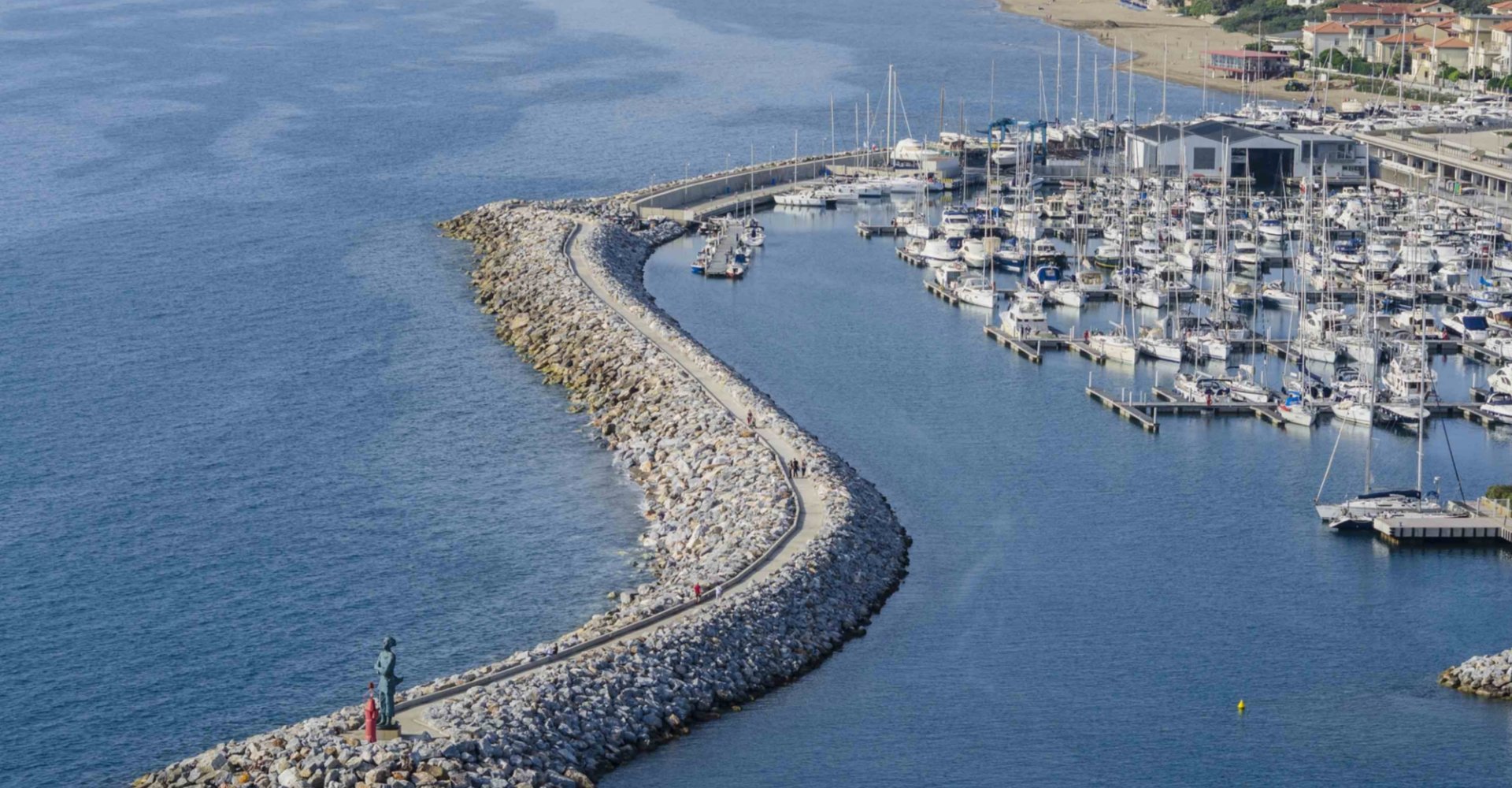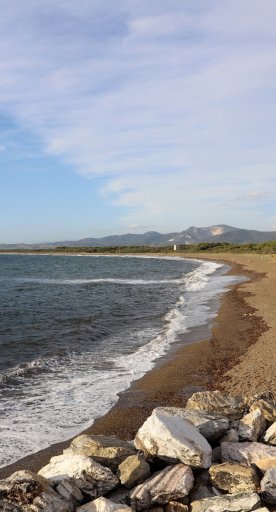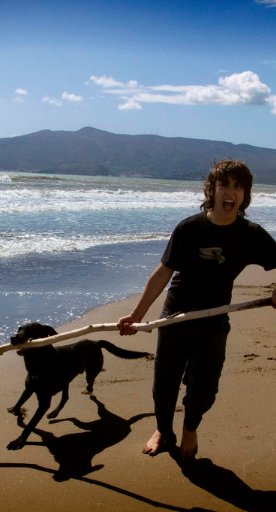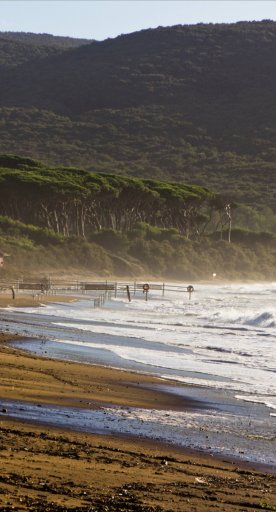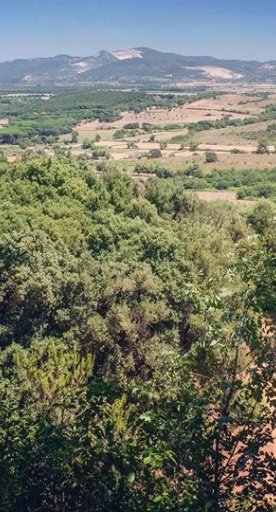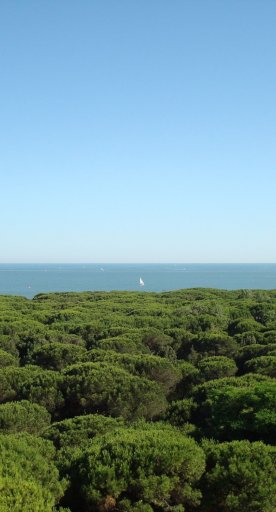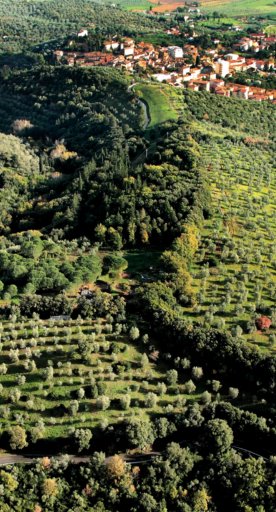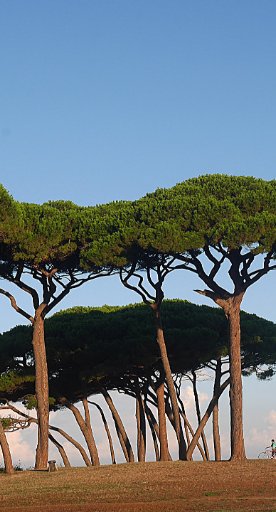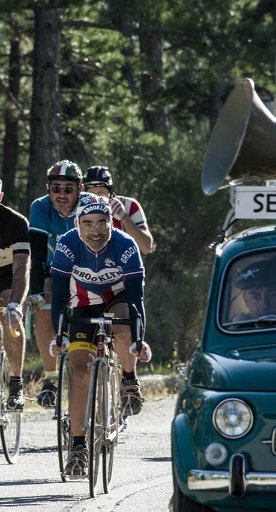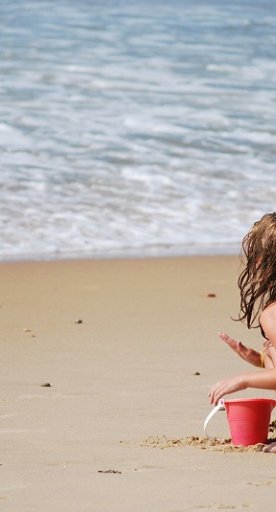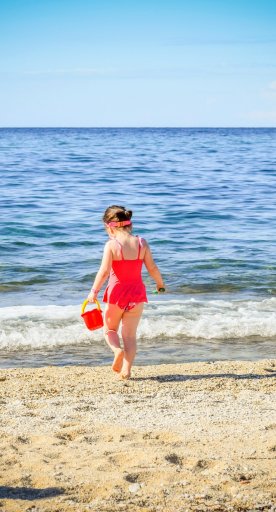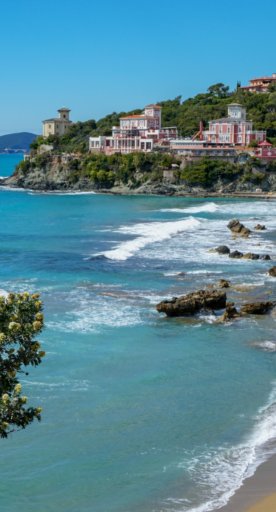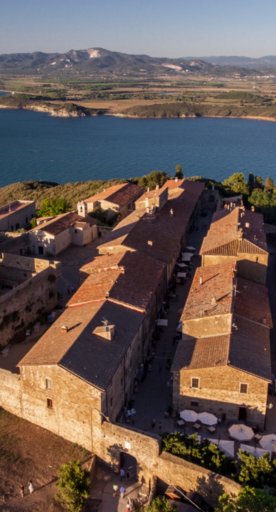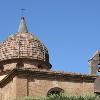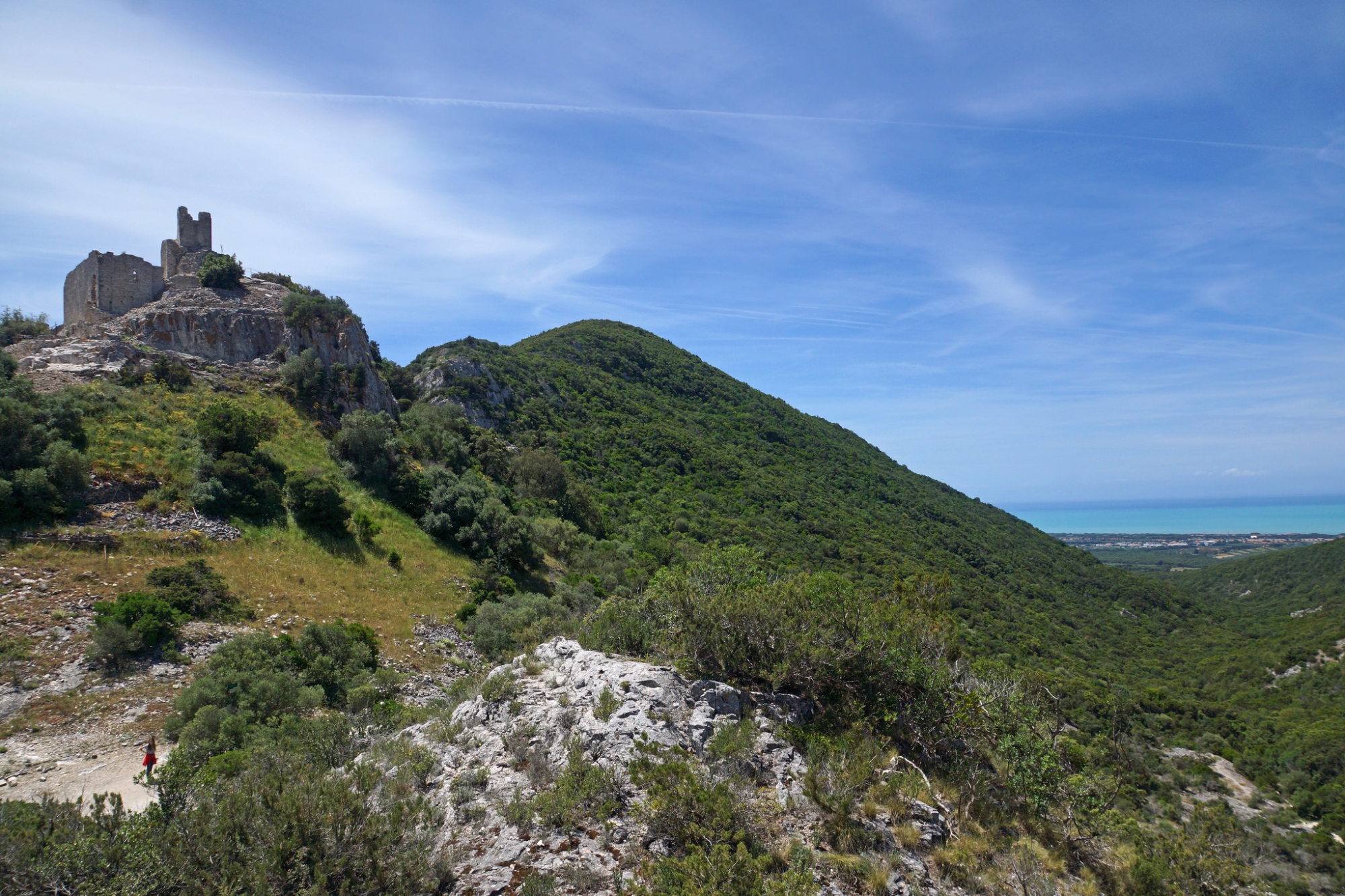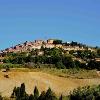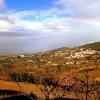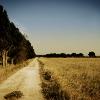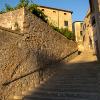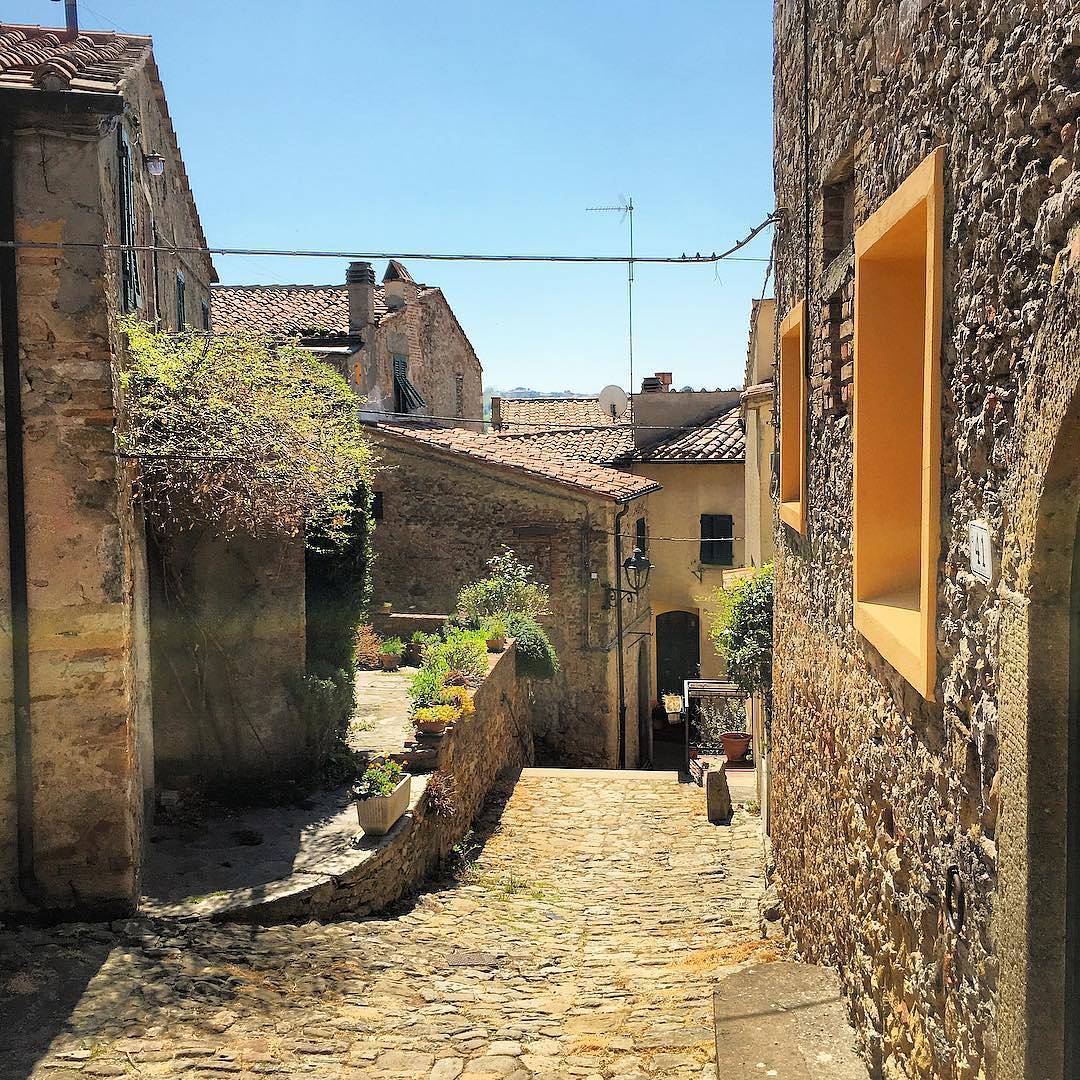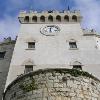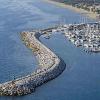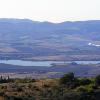The sea is undoubtedly the town’s primary attraction, framed by a gorgeous beach whose fine, golden sand extends for miles; there are various bathing establishments and large stretches of beach are equipped with Blue Points, where you can ask for services and assistance.
In addition to the historic Tower of San Vincenzo, the coast is lined with impressive fortifications and lookouts which would have once been used to defend the coast from pirate attacks.
San Vincenzo’s touristic port, which was once a trading port, now offers quality services for yachting enthusiasts.
The Rimigliano Natural Reserve is an oasis of flora and fauna situated directly on the sea. Founded in 1973 with an area of about 120 hectares, the Park is one of the most breathtaking places on the coast and is both easily accessible and a thrilling adventure.
Between San Vincenzo and the Gulf of Baratti, you’ll find beautiful sea lillies and sandy dunes covered with junipers, myrtle and mastic, while woods of holm oaks and corks and the thick pine forest lap the beach . In the park you’ll be able to spot animals such as red squirrels, dormice, wild rabbits, weasels, foxes and birds such as pheasants, bluetits, jays and green woodpeckers.
San Vincenzo also offers a wide variety of watersports: there’s no shortage of options for swimming, fishing, scuba diving, sailing, water skiing and windsurfing. There are also sports fields and athletics tracks, two sports halls for basketball and volleyball, a velodrome and an airfield.
